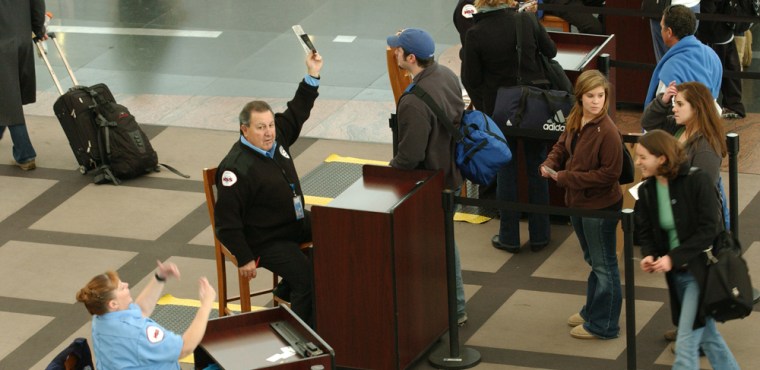Remember the great passport-processing debacle of 2007? I hope so, because if you don’t, you may get to relive it all over again.
That’s because the Western Hemisphere Travel Initiative (WHTI), which mandates more stringent requirements for travelers entering the U.S. from Canada, Mexico and the (non-U.S.) Caribbean, is about to change the game for those arriving by land or sea. You still don’t need a passport — that deadline has been postponed until June 2009 — but you’re definitely going to want proper ID.
The problem is that what constitutes “proper ID” is about to change again. Here’s what you need to know.
No documents, no travel
Before you make any decision about getting a passport (or other WHTI-compliant document), know this: Starting January 31, all travelers, including American citizens, who enter the country by land or sea will need to show some sort of documentation. (Air travelers already have to show a valid passport.) Oral declarations of citizenship, which were previously accepted on a discretionary basis, will no longer be allowed.
If you’re a U.S. or Canadian citizen over 18, that means you’ll need to provide proof of both citizenship (e.g., a birth certificate or naturalization certificate) and identity (i.e., a government-issued photo ID, such as a driver’s license). Children ages 18 and younger will only be required to present proof of citizenship. Bottom line: When it comes to proving your citizenship, you don’t need a passport (yet), but Customs officials will no longer take your word for it.
Meanwhile, the government continues to move forward on its plans to implement its proposed passport card, or PASS card, which is designed to be a less expensive alternative to a traditional passport. Late last year, the State Department approved the radio frequency identification (RFID) technology by which Customs officials will be able to read the card’s embedded data.
The PASS card is being developed primarily for travelers who cross the border frequently by land or sea — it will not be valid for air travel — and it’s designed to reduce wait times at the border by allowing multiple cards to be read wirelessly while travelers are still waiting in line. (The RFID chip will contain no personal data, but rather an arbitrary number linked to a secure database; nevertheless, some privacy experts remain concerned about the system’s overall security.)
“We’re on track to issue it probably sometime in April,” says Ann Barrett, deputy assistant secretary for passport services at the State Department. “We’re going to try to have a new application form available at the beginning of February, and you’ll be able to check off passport, passport card or both.” The card will cost $45 for adults (compared to $97 for a full-service passport) and $35 for children 15 and younger (vs. $82).
At the same time, several states are working on so-called Enhanced Driver’s License and Identification (EDL/ID) programs. Like the PASS card, these wallet-sized cards will include an embedded chip that can be read wirelessly; likewise, they’ll be valid for land and sea crossings, but not air travel.
Currently, Arizona, New York, Vermont and Washington are among the states developing EDL/ID programs. First up will likely be Washington, which expects to begin issuing WHTI-compliant licenses next week. Under that program, the licenses will be an option (i.e., voluntary) and will cost $40, $15 more than a standard driver’s license.
Procrastinate at your peril
Still, you don’t actually need a passport, PASS card or enhanced driver’s license to enter the U.S. by land or sea just yet. Late last year, the Bush administration agreed to delay that requirement until June 2009. Barring subsequent changes, the documents considered acceptable under the no-oral-declarations regs will suffice.
Nevertheless, postponing the inevitable is probably not a good idea, especially given the events of 2007. Prompted by a revolving door of proposed regulations, passport applications skyrocketed last year, creating a backlog that swamped the system, pushed processing times to 12 to 16 weeks and put countless vacations at risk. By year end, the Passport Office processed more than 18 million passports, an increase of 50 percent over the year before.
This year, the agency expects to process even more applications — somewhere between 23 and 26 million, according to Barrett. In order to handle the crush, she says, “We’ve expanded facilities, added second shifts and hired hundreds and hundreds of specialists and contract employees.” A new passport-production facility, scheduled to open in Tucson in April, is expected to process up to 10 million applications per year.
Will that be enough to avoid another debacle? No one really knows, so your best bet is to avoid the issue entirely and start the process sooner rather than later. (Visit travel.state.gov for forms, instructions and the latest updates.) “March is traditionally the busiest month of the year,” says Barrett. “Right now is our slow period, and turnaround time is four to six weeks.”
